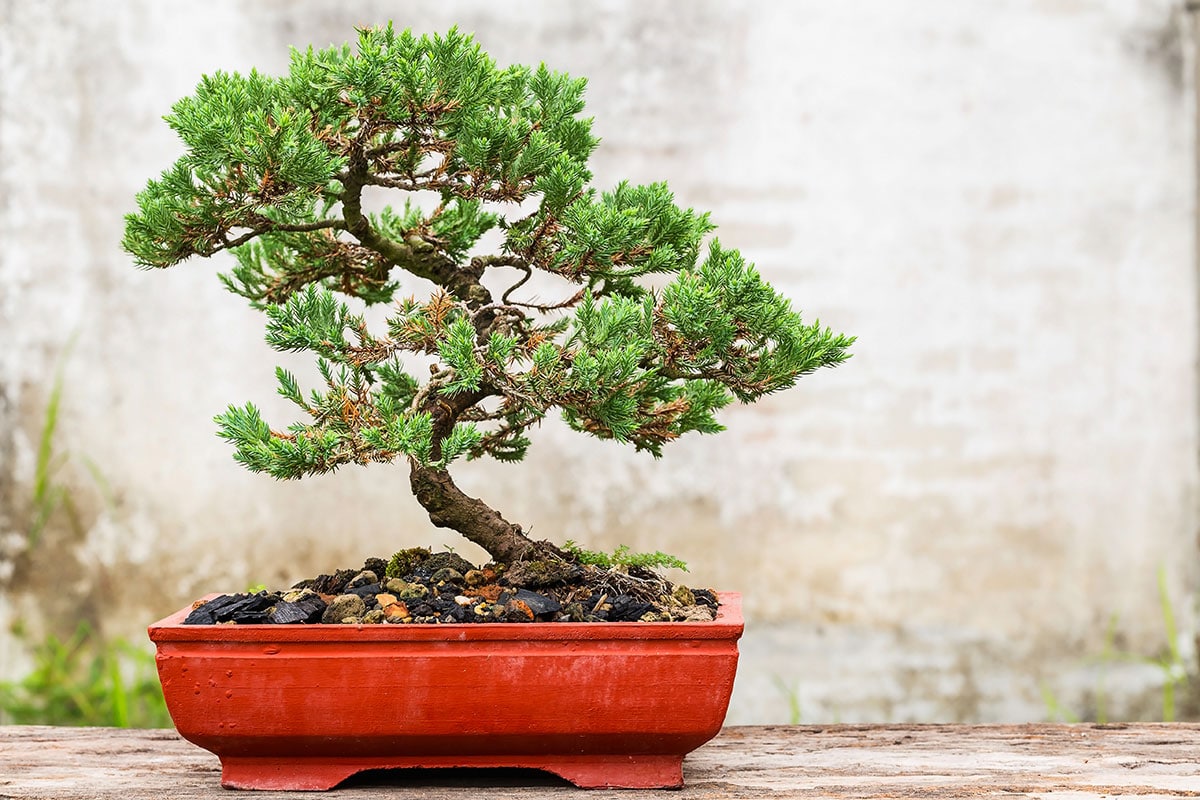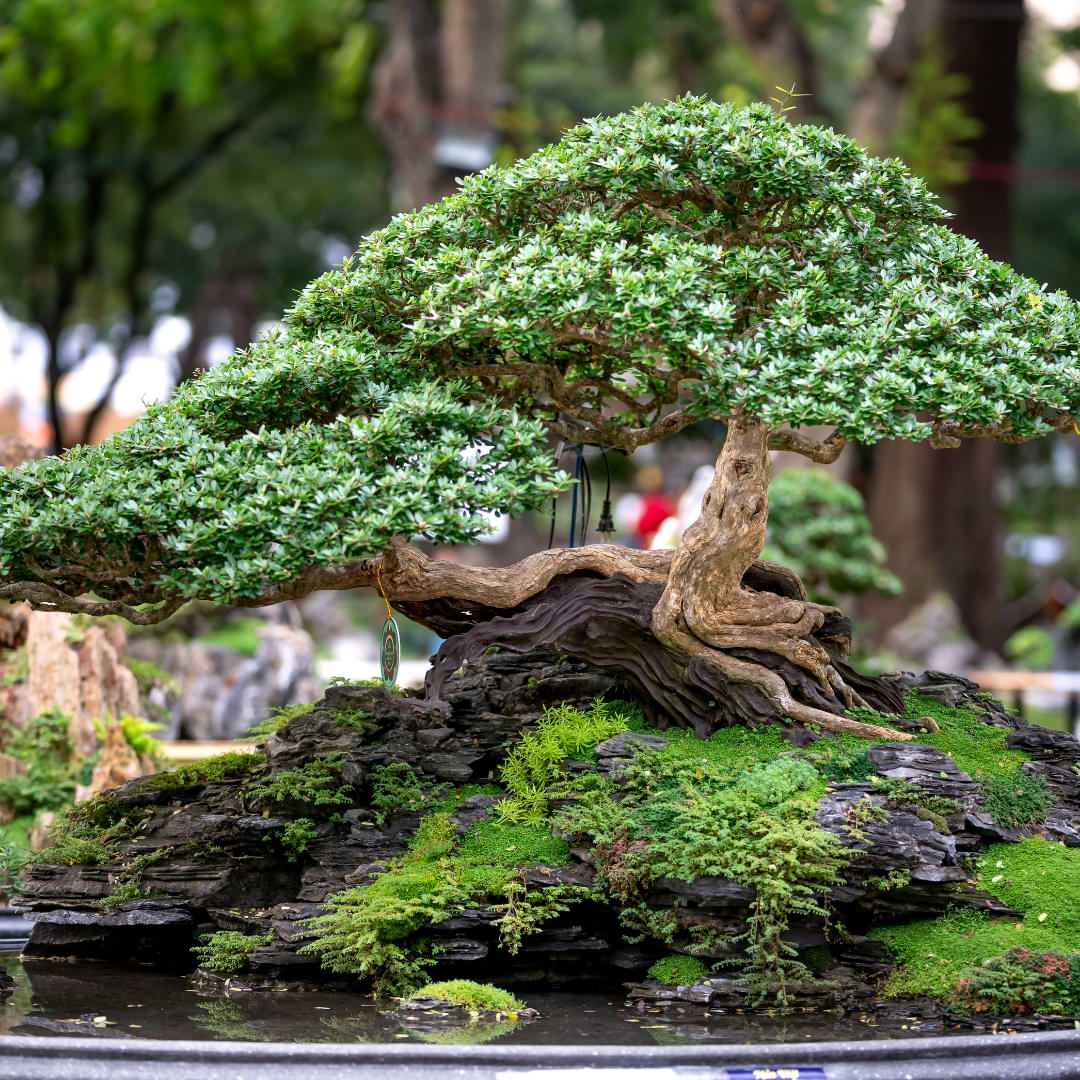The Tiny Tree with a Big Story: Getting into Bonsai
Ever seen a tree that looks like it’s been around for centuries but fits comfortably on a tabletop? That’s the magic of bonsai. It’s more than just growing a small tree in a pot; it’s an art form, a way of connecting with nature, and a practice that’s been around for ages. The word “bonsai” itself literally translates from Japanese as “planted in a shallow container.” But trust me, there’s a whole universe packed into that simple definition.
More Than Just a Potted Plant: The Art of Shaping Life
Think of a sculptor working with clay, but instead of clay, you’re working with a living, breathing thing. Bonsai artists use all sorts of techniques – careful pruning of branches and roots, wiring to train the trunk and limbs, and meticulous repotting – to shape the tree into a miniature version of what you’d find in nature. It’s about capturing the essence of an old, windswept pine clinging to a cliffside or a majestic oak standing proud in a field, all in a small container.
:max_bytes(150000):strip_icc()/ML_Grow_Bonsai-8-2000-54d3d1a7424b4359b44e52383f40b834.jpg)
Patience is Your Superpower: The Long Game of Bonsai
Growing a good bonsai isn’t a quick project. It takes years, sometimes even decades, of patient care and attention. You’re not just watering a plant; you’re nurturing a living sculpture, guiding its growth, and responding to its needs. There’s a real sense of connection that develops between the grower and the tree. It teaches you patience, observation, and a deep appreciation for the slow, steady rhythm of nature.
Finding Your Style: There’s a Bonsai for Everyone
One of the cool things about bonsai is the sheer variety. You can grow almost any woody plant as a bonsai, from familiar trees like maples and junipers to flowering beauties like azaleas and even fruit-bearing trees. And just like there are different styles of painting or music, there are different styles of bonsai. Some aim for a formal, upright look, while others embrace a more dramatic, windswept appearance. There’s a style to match every taste and aesthetic.

Getting Started: It’s Easier Than You Think
You might look at a beautifully sculpted bonsai and think it’s way too complicated to get into. But don’t let that intimidate you! There are plenty of resources out there for beginners. You can start with young, pre-bonsai trees from nurseries, which are basically trees that have already been started on the bonsai journey. Learning the basics of watering, fertilizing, and pruning is key, and there are tons of books, websites, and even local bonsai clubs that can help you get the hang of it.
The Benefits Beyond Beauty: Why People Love Bonsai
Sure, bonsai trees are stunning to look at. They add a touch of elegance and tranquility to any space. But the appeal of bonsai goes deeper than just aesthetics. Many people find the practice of caring for a bonsai to be incredibly therapeutic. It’s a mindful activity that helps you focus on the present moment. Plus, there’s a real sense of accomplishment in nurturing a tiny tree and watching it develop over time. It’s a living piece of art that you actively participate in creating.

Conclusion: A Miniature World of Wonder
Bonsai trees are so much more than just decorative plants. They represent a fascinating blend of art, horticulture, and patience. Whether you’re drawn to their beauty, the challenge of shaping them, or the calming effect of caring for them, bonsai offers a unique way to connect with nature on a small scale. It’s a journey, not a destination, and the rewards of nurturing these miniature wonders can be truly profound.
Frequently Asked Questions About Bonsai
What kind of pot do bonsai trees need?
Bonsai pots are typically shallow and have drainage holes. The size and shape of the pot are chosen to complement the style and size of the tree.
How often do you need to water a bonsai?
Watering frequency depends on factors like the type of tree, the size of the pot, the climate, and the season. Generally, you water when the topsoil feels slightly dry to the touch.
Do bonsai trees need special soil?
Yes, bonsai trees thrive in well-draining soil mixes that retain some moisture but don’t become waterlogged. These mixes often include components like akadama, pumice, and lava rock.
How often do bonsai trees need to be repotted?
Younger, faster-growing bonsai may need repotting every one to two years, while older, more established trees can go three to five years between repottings. Repotting refreshes the soil and allows for root pruning.
Can I keep a bonsai tree indoors?
Bonsai Tree Plant
:max_bytes(150000):strip_icc()/ML_Grow_Bonsai-8-2000-54d3d1a7424b4359b44e52383f40b834.jpg?ssl=1)